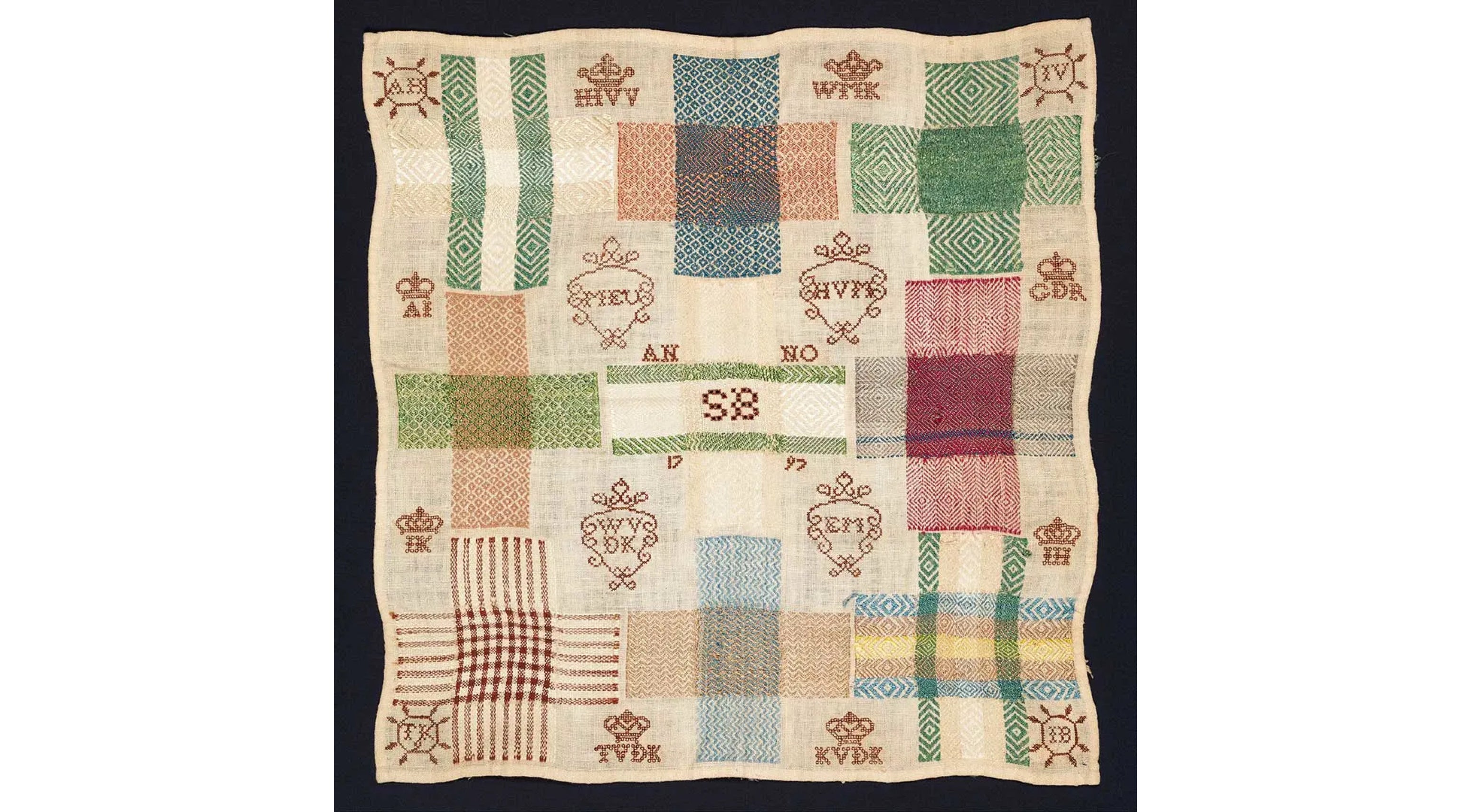Darn-It: There’s Magic In The Mend


Darn-It: There’s Magic In The Mend
A hallmark of good design is its ability to last. The moment to make low-impact choices about materials and production is at the beginning of the creative process. Designers and developers can control upwards of 80 percent of a product’s environmental impact, according to the Sustainable Apparel Coalition.
And while we believe this value should be built into the making process, we also know that good design hacks make things last longer. The bottomline? There are many creative solutions and paths to sustainability – a fact and sentiment which breathes life into our new collection: Darn-It.
Cross-stitch, button-holing, hemmed edges and monogrammed initials… the charming tradition of darning has served a practical purpose through history, whilst fulfilling a deeper, artistic and emotional function of healing. Below, we delve into fascinating techniques of mending across the world:
History
The history of darning is as old as cloth itself, arising through the evolution of woven fabric. Prior to the invention of the heddle in Neolithic times, early weavers faced problems regarding the insertion of weft threads into warp to form a textile.
 Darning sample. Dutch, 1797. From the Collection of Mrs. Lathrop Colgate Harper, Bequest of Mabel Herbert Harper, 1957. Image courtesy: Metropolitan Museum of Art. 57.122.150
Darning sample. Dutch, 1797. From the Collection of Mrs. Lathrop Colgate Harper, Bequest of Mabel Herbert Harper, 1957. Image courtesy: Metropolitan Museum of Art. 57.122.150
Darning in Europe
In Europe, girls were taught how to make embroidery samplers from a young age. Some went further and made darning samplers, which taught them how to repair worn-out fabric, a skill crucial for every budding homemaker.
Darning samplers typically involved carefully filling each hole in a piece of fabric with a different interwoven pattern. It required considerable patience and skill to mend tattered fabrics such as household linen, hosiery, and garments to make them last long. Although the darning was meant to be invisible, sometimes different coloured threads were used to embellish the fabric.
Girls used designs from samplers or pattern books to recreate the motif they were mending. Often, the combination of technical and artistic skills resulted in both a practical and beautiful piece of work.
 Image courtesy: Museum of Material Memory
Image courtesy: Museum of Material Memory
Kantha in Bengal
In parts of the Indian subcontinent, primarily Bengal, women create kantha textiles by stitching layers of old fabric into something new. The word kantha means rags in Sanskrit; it refers to a “form of flat, unwadded quilting” with a rippled surface. Women used old fabric such as saris to stitch everyday quilts, gifts for newborns, and elaborate pictorial works.
The process could take several years, with the work of sewing a kantha passing from one generation to the next.
The traditional kantha stitch is a simple straight running stitch that is worked over the fabric. Kantha and other quilting traditions from the region might mix running stitch with darning stitch, pattern darning, and more.
 Detail of a mid-19th century kimono decorated using sashiko, with white cotton threads on an indigo-dyed plain weave background. Image courtesy: (Metropolitan Museum of Art)
Detail of a mid-19th century kimono decorated using sashiko, with white cotton threads on an indigo-dyed plain weave background. Image courtesy: (Metropolitan Museum of Art)
Sashiko in Japan
Sashiko has been instrumental in Japan for centuries to reuse old clothing. Japanese farmers used the technique to create warmer and more durable fabrics, and decorative sashiko stitching developed from this practical function. Starting with a couple of layers of old cloth, a new layer of fabric was added on top using tiny stitches.
Sashiko means “little stabs" and resembles grains of rice.
Traditionally the thread was white and the fabric indigo blue. Several styles of sashiko developed over time. The most basic pattern is called moyozashi. This pattern is geometric with lines that could be straight or curved.

Featured: Coupling, printed bedding with pleat like organic hand painted stripes layered with a three dimensional feel.
Darn-It ~ Less Is More
Taking from a simple technique of repurposing, with the idea of rejuvenating, darning is an artful sentiment that resonates with Himêya’s purpose of “less is more”.
Darn-It echoes classical wisdom, seeking beauty in the broken and liberation from the norm. Discover our new collection online in and in stores this Fall 2021.
Feature image: 18th century embroidered linen darning samplers, courtesy Victoria Albert Museum



